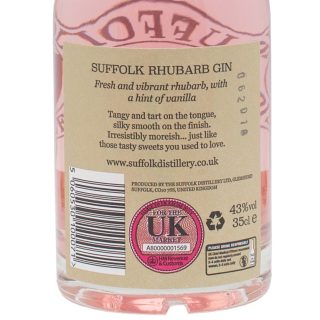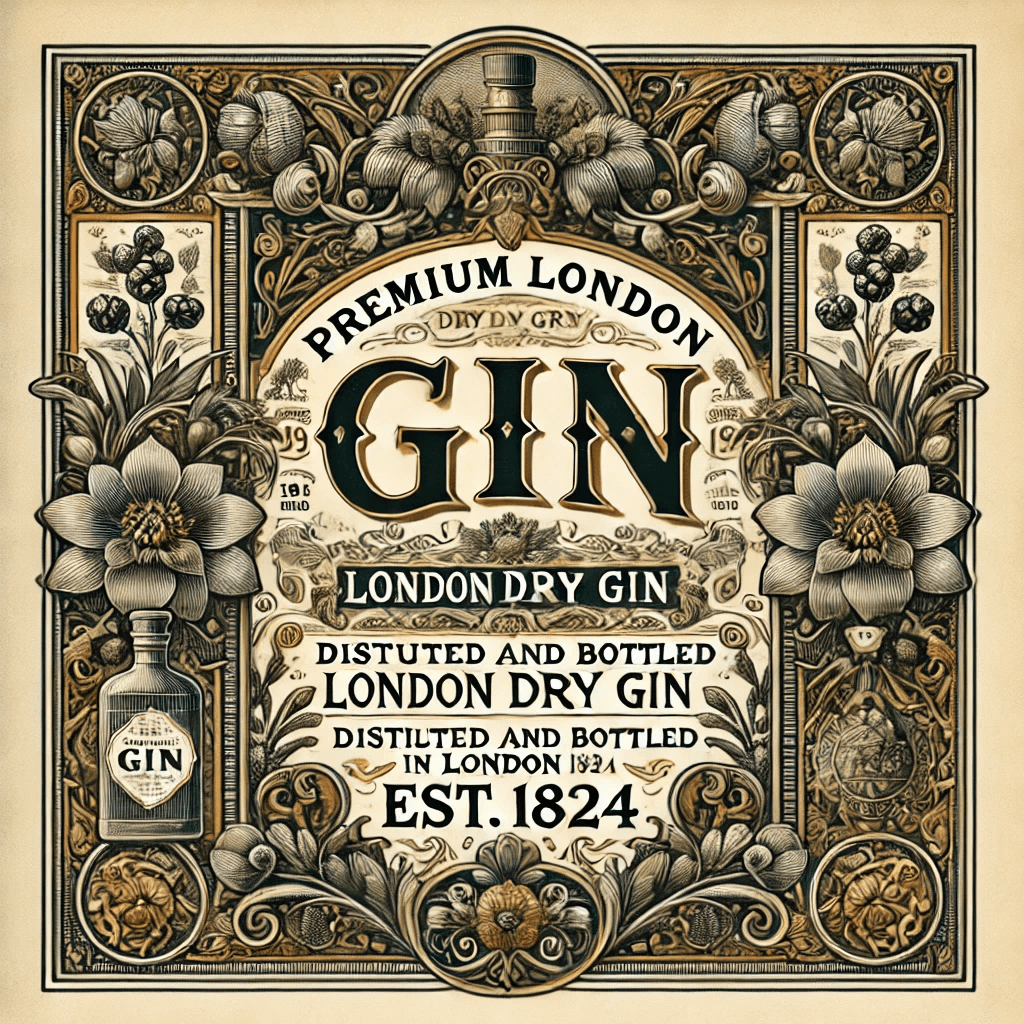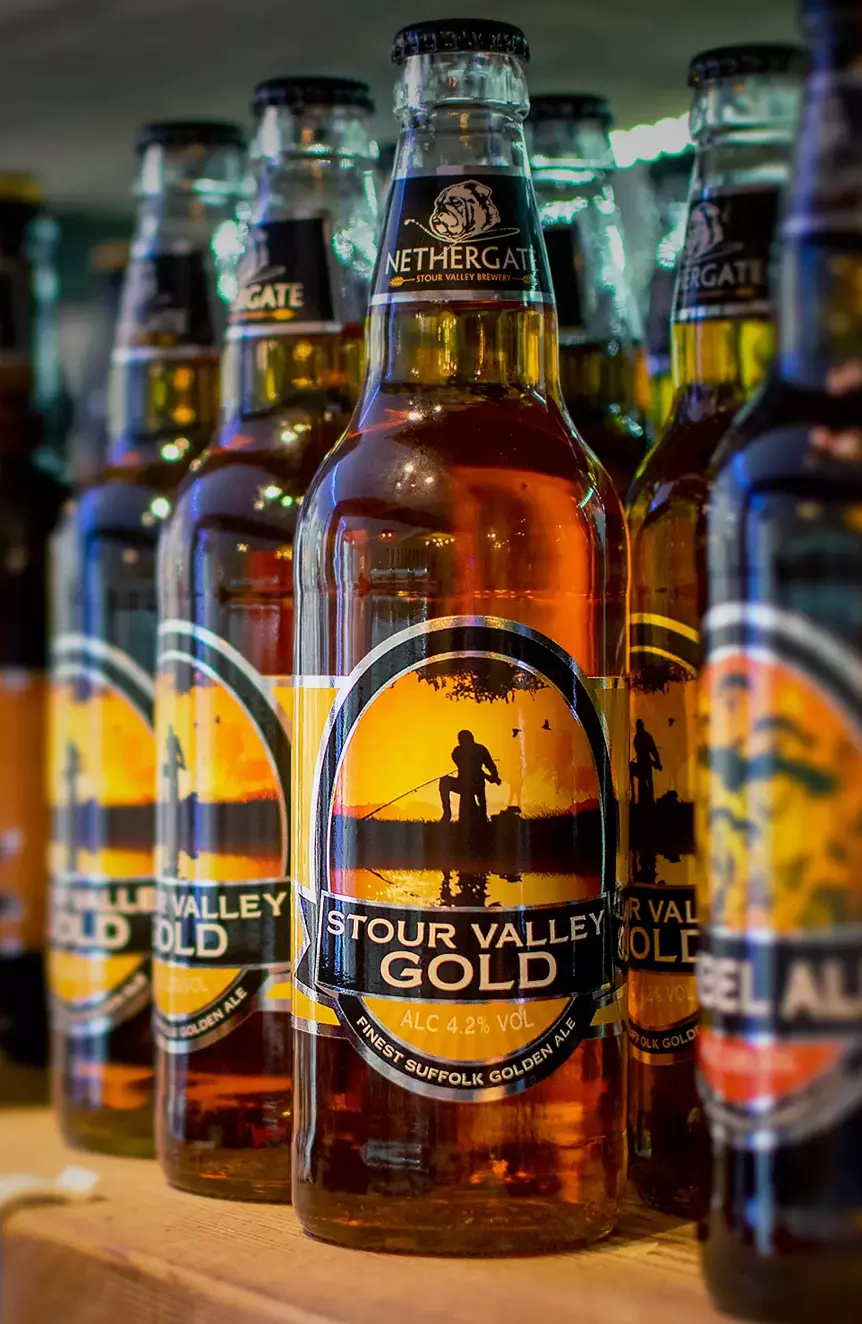Introduction
The maze of alcohol labelling laws can be confusing. A landscape of regulations, standards and guidelines that can leave producers and consumers scratching their heads. In an attempt to simplify this subject we have decoded alcohol labelling laws – from their origins to their impact on the market today.
Knowing these laws isn’t just for the industry. It is also important for consumers to know what they’re drinking. So whether you’re a producer, a consumer or just curious about alcohol regulations – let us help you unpick the complicated area of alcohol labelling laws.
Understanding Alcohol Labelling Laws
To some, alcohol labelling laws are a mystery. Knowing these regulations can have important implications for producers and consumers alike. It enables sound alcohol consumption decision-making and the need for a transparent alcohol industry.
The Importance of Alcohol Labelling
The importance of alcohol labelling is reviewed as one critical component of consumer safety. It reveals much about the beverage – its origins, constituents and alcohol content. It also gives information on allergens and nutrition for consumers with dietary restrictions or preferences.
Moreover, the labels open a window on the ethical and sustainable production process. Recognitions such as Fairtrade or Organic certifications on labels build trust and interest in discerning buyers.
Key Information on Labels
The actual legal requirements on alcohol are surprisingly limited. But these days, brand is king and there is an expectation that alcoholic beverages show a duty of care in presenting the right information on their products. Most commonly, each label should contain:
- Brand Name: Defines the company or trademark under which the liquor is sold.
- Type of Alcohol: Indicates if it’s beer, wine or spirit for example.
- Alcohol Content: Indicates the volume percentage of alcohol in the beverage. (ABV)
Alcohol by volume (ABV) is a metric used to determine the alcohol content in an alcoholic beverage. The measurement shows what percentage of the beverage’s total volume is pure alcohol. - Volume Measurement: Illustration of how much liquid is in the bottle.
- Producer Details: Identifies the manufacturer/packer/distributor.
- Country of Origin: Locates where the alcohol was made or first formulated.
- Allergen Advice: Highlights whether the drink contains common allergens like sulphites or gluten.
- Health Warnings: More commonly now in the form of Responsibility messages
Understanding these components on alcohol labels helps consumers make informed decisions and purchase according to their preferences, avoiding health hazards. Producing labels that comply with these regulations is their responsibility – to avoid legal and reputational damage. Read the full Food Standards Agency guide to alcohol labelling for more detail.
Navigating these laws may seem daunting at first but it creates trust between producers and consumers. Understanding such regulations helps to clarify the often confusing maze of alcohol labelling laws.

Alcohol labelling Legislation Over the Years.
Historical Overview
Our journey begins in the 18th century when alcohol labelling regulations were primitive. In this period labels mainly identified the type of alcohol and the producer. Important information like alcohol content, allergens advice and nutritional facts were still missing from labels. By the 20th century, governments recognised the need for comprehensive labelling laws to promote consumer safety and public awareness. Alcohol labelling laws thereafter changed in many ways to reflect changing consumer preferences and scientific knowledge about alcohol consumption.

Data compiled by Alcohol Policy UK provides a comprehensive timeline of these changes spanning centuries, giving us a bird’s-eye view of the development of alcohol labelling laws.
Recent Updates and Changes
Alcohol labelling regulations changed in 2019 to make allergen listing mandatory on all alcoholic drinks in the EU & UK. Also, new legislation allows voluntary listing of nutrition data – facts we also learned from the European Commission’s guide on Alcoholic Beverages: Labelling & Nutrition Information.
In addition, alcohol labels have increasingly been pushed to include ‘responsibility messages’ warning consumers of the dangers of excessive alcohol consumption – such as the UK Department of Health guidelines. Such recent amendments mark a shift in the direction of consumer-focused labelling laws aimed at creating a more open and health-conscious alcohol industry.
Global Comparison of Alcohol Labelling Laws
Global alcohol labelling laws are a maze! There are specific geographies requiring specific regulations. As a consumer, producer or distributor – understanding these regional regulations is still key to establishing trust and compliance in global markets.
European Union Regulations
Alcohol labelling laws in the EU demonstrates consumer health and transparency. EU Regulation 1169/2011 imposes mandatory inclusion of allergens on labels for most alcoholic beverages (source). For alcohol products over 1.2% by volume, nutrition information is not required. Still, by 2022 some producers voluntarily declared nutritional information in line with the EU’s plan to raise consumer awareness.
US Alcohol Labelling Laws
In the US the Alcohol and Tobacco Tax and Trade Bureau (TTB) sets Alcohol labelling laws. A 1990 Alcohol Beverage Labelling Act mandates specific health warnings on all containers of alcoholic beverages sold or distributed in the nation. Those need to have instructions like ‘GOVERNMENT WARNING’ and statements about the dangers of alcohol consumption displayed. These target critical health issues like unintentional injuries, chronic diseases and developmental issues (source).
There are variations in Asia & Oceania
Geographical differences extend to Asia & Oceania. Particularly significant is Australia & New Zealand’s new labelling scheme which requires alcohol labels to include pregnancy warnings. Alcohol products produced in these countries must comply from October 2021 with the new mandatory pregnancy warning labelling standard. This rule grew out of concerns about Foetal Alcohol Spectrum Disorder (FASD) and is an important addition to consumer education regarding alcohol consumption during pregnancy (source).
These international differences between alcohol labelling regulations and consumer safety advocacy can be confusing. Yet understanding those rules enables compliance and trust among consumers. You would expect such labelling laws to adapt to changing consumption patterns as well as to improve public health outcomes. The resulting greater awareness and transparency then drive robust consumer decisions globally for the alcohol industry.
Labelling Affects Consumer Behaviour
Moving on from the detailed breakdown of international labelling laws to the consumer side of the equation. Labels on alcohol bottles not only fulfils a legal mandate but also influences consumer behaviour and choices.
Alcohol Education For Consumers
Labels help the consumer learn. Some alcohol labels include ingredients lists and health hazards. People learn the alcohol concentration, allergens, country of origin and even nutrition. A good example is the drive in the UK’s Drinkaware campaign which informs consumers of unit measurements and recommended guidelines.
Effectiveness of Health Warnings
Health warnings on alcohol labels deter consumers from purchasing. Illustrated health warnings make a bigger difference in studies. For example, University of Cambridge researchers found that pictorial warnings reduce alcohol consumption more than text-only messages. Those warnings affect drinking behaviour but also promote self-regulation and promote responsible drinking behaviour.

So labels do two things – enforce the law and protect consumers. They have evolved well past the legislative level to represent consumer safety and health issues.
Challenges and Controversies
Moving from the historical perspective and influence on consumer behaviour provided by alcohol labelling laws to the associated challenges and controversies.
The Debate Over Health Warning Labels
A current hot topic in alcohol labelling is health warning labels. Governments pushing public health welfare push for these labels while health advocacy groups point to their necessity. These labels – often with messages about drinking risks, alcohol in pregnancy or drink-driving dangers – are a public health tool. However, the specific messaging, size and placement of such warnings seldom escapes scrutiny.
Proponents say more prominent, graphic warning labels – like those on tobacco products – can reduce alcohol consumption – as evidenced by an Alcohol Research Group study. Opponents doubt they work as they claim behavioural changes require more than label changes.
Industry Resistance & Compliance Issues
The alcohol industry struggles with labelling law changes; mostly because of the financial impact of changing labels and possible brand image impact.
Such non-compliance questions self-regulation in the industry. Countries like France and Australia have introduced mandatory health warning labels to combat industry resistance and remote compliance. Implementing these changes across borders remains a challenge because of differing alcohol labelling laws and cultural differences regarding alcohol consumption – adding to the complexity of these regulations.
The maze of challenges in alcohol labelling laws demonstrates the need for a balanced approach balancing public health goals, industry perspectives and cultural contexts to shape the future landscape of alcohol labels.
Key Takeaways
We’ve looked at alcohol labelling laws – their evolution and importance. We’ve seen this trend toward more consumer-oriented labels – and all the challenges and controversies that go with it. There is still a heated debate between governments and health groups and industry opponents over health warning labels. It’s clear people are resistant to change – largely because of financial reasons and brand image issues. Yet their complex nature, reflecting cultural differences and industry perspectives, demonstrates the need for balance.
Looking forward, an equilibrium has to be found, balancing public health goals with regulatory challenges. Not an easy task! But with consideration and collaboration it’s in everyone’s interest to make alcohol labelling laws that benefit everyone.
FAQs
Type, volume, origin and alcohol content are generally obligatory elements of alcohol labelling. They can help consumers make educated buying decisions.


